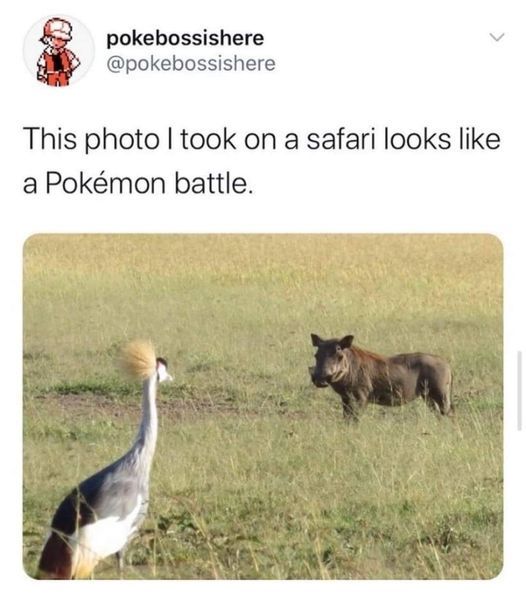#animals of africa
Text
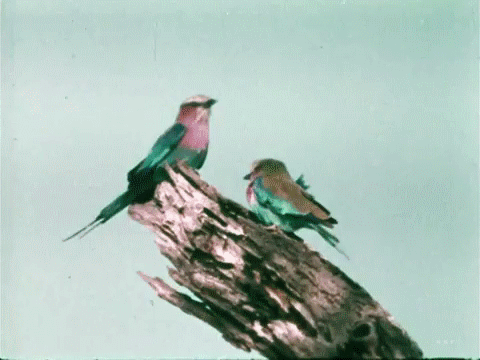
Animals of Africa, Nature Film, 1960s
476 notes
·
View notes
Text

#wild#wildlife#africa#jackal#travel#animal#namibia#etosha#etosha national park#kalahari#animals#animals of africa#wildlife photography#travel photography#animal photography#safari#savannah#namibian#black backed jackal#scavenger hunt#scavenger#african animals#travel blog#travels#african
19 notes
·
View notes
Text
Wonders of nature.

Actually, that's two million wildebeest or nyumbu, several hundred thousand zebra, and a smattering of other grazers that migrate many times a year between Serengeti and the Maasai Mara.
10 notes
·
View notes
Text
"In one of Africa’s last great wildernesses, a remarkable thing has happened—the scimitar-horned oryx, once declared extinct in the wild, is now classified only as endangered.
It’s the first time the International Union for the Conservation of Nature (IUCN), the world’s largest conservation organization, has ever moved a species on its Red List from ‘Extinct in the Wild’ to ‘Endangered.’
The recovery was down to the conservation work of zoos around the world, but also from game breeders in the Texas hill country, who kept the oryx alive while the governments of Abu Dhabi and Chad worked together on a reintroduction program.
Chad... ranks second-lowest on the UN Development Index. Nevertheless, it is within this North African country that can be found the Ouadi Rimé-Ouadi Achim Faunal Reserve, a piece of protected desert and savannah the size of Scotland—around 30,000 square miles, or 10 times the size of Yellowstone.
At a workshop in Chad’s capital of N’Djamena, in 2012, Environment Abu Dhabi, the government of Chad, the Sahara Conservation Fund, and the Zoological Society of London, all secured the support of local landowners and nomadic herders for the reintroduction of the scimitar-horned oryx to the reserve.
Environment Abu Dhabi started the project, assembling captive animals from zoos and private collections the world over to ensure genetic diversity. In March 2016, the first 21 animals from this “world herd” were released over time into a fenced-off part of the reserve where they could acclimatize. Ranging over 30 miles, one female gave birth—the first oryx born into its once-native habitat in over three decades.
In late January 2017, 14 more animals were flown to the reserve in Chad from Abu Dhabi.
In 2022, the rewilded species was officially assessed by the IUCN’s Red List, and determined them to be just ‘Endangered,’ and not ‘Critically Endangered,’ with a population of between 140 and 160 individuals that was increasing, not decreasing.
It’s a tremendous achievement of international scientific and governmental collaboration and a sign that zoological efforts to breed endangered and even extinct animals in captivity can truly work if suitable habitat remains for them to return to."
-via Good News Network, December 13, 2023
#chad#abu dhabi#north africa#rewilding#endangered species#conservation#zoology#conservation biology#oryx#good news#hope#texas#big game#animals#endangered#environmentalism#environmental science#zoo#zoos#zoo animals
24K notes
·
View notes
Text

Greater Blue-eared Glossy-starling (Lamprotornis chalybaeus), family Sturnidae, Kruger National Park, South Africa
photograph by PanWoyteczek
41K notes
·
View notes
Text

Serval (Leptailurus serval), MELANISTIC, family Felidae, Amboseli National Park, Kenya
Photograph by nicolas.urlacher.photographer
19K notes
·
View notes
Text
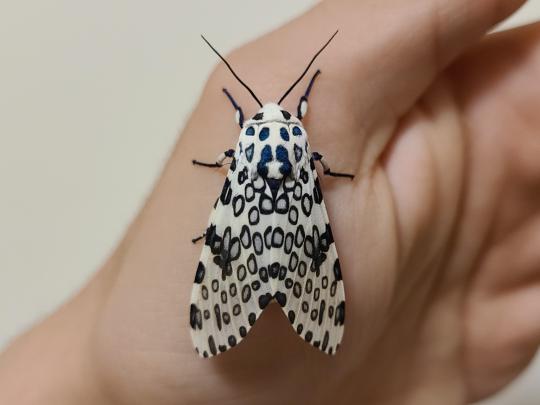


A slightly miscoloured giant leopard moth showing the blueish tint more than usual!
#cute#adorable#squeek#moth#africa#moths#animals#nature#photography#fluffy#swallowtail#insects#insect#insectblr#entomology#what a cutie#animal friends#flying#wings#such cute face#swallowtail moth#yellow moths#yellow#macro#brown moth#brown bugs#brown#insp#art insp#dune
5K notes
·
View notes
Text
Inspection of those Feratu

#Desert Long-eared bat#bat of the day#Bats of Africa#Daily bat#Bat#bats#batposting#cute bats#cute animals#I love them -w-
4K notes
·
View notes
Text
is it really a dreamworks sequel if a character doesn’t meet any long-lost relatives
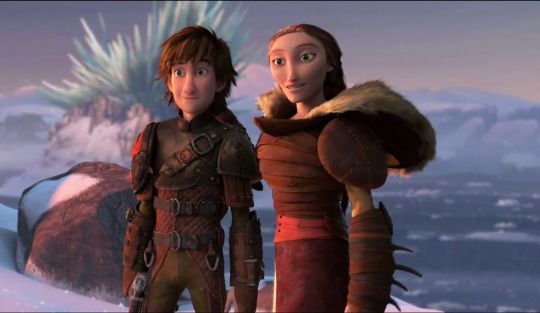





#dreamworks animation#httyd#httyd 2#kfp#kfp 3#shrek#shrek the third#trolls#trolls band together#madagascar escape 2 africa#imagine a megamind sequel#where his parents turned out to be alive#idk where it would go from there#it’s just an idea
1K notes
·
View notes
Text

#springbock#antelope#africa#wildlife#safari#nature#kalahari#animal#wildlife photography#african animals#outdoors#etosha#etosha national park#savannah#animals of africa#desolate#springbuck#travel photography#animal photography#travel blog#national park#national parks#grazing#namibia#travels#outdoor photography#african#namibian#national parks of africa
23 notes
·
View notes
Text

Common Egg-eating Snake (Dasypeltis scabra), family Colubridae, South Africa
photograph by Cristian Schneider
37K notes
·
View notes
Text

Leopard (Panthera pardus), family Felidae, Kruger National Park, South Africa
This individual is a young adult named Zondindi.
photograph by Trevor Barnett
2K notes
·
View notes
Text
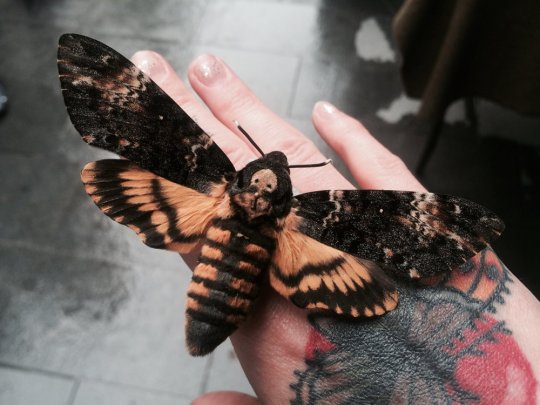
A very famous moth, the African death's head hawkmoth :) Named after the skull shape on their back, though honestly i dont care about the skull, i care about the fact that they can SQUEEK!!!
I LOVE THEM SO MUCH
#cute#adorable#squeek#moth#african moths#africa#moths#animals#nature#photography#fluffy#death head#holy heck i love them#insects#insect#insectblr#entomology#what a cutie#animal friends#flying#wings
45K notes
·
View notes
